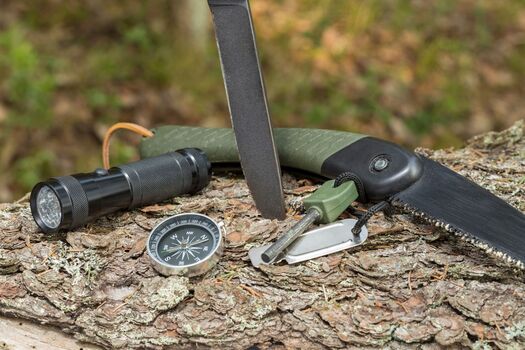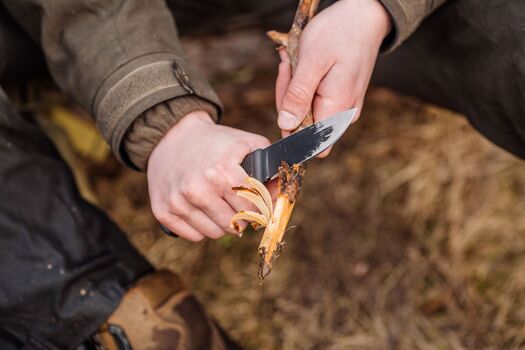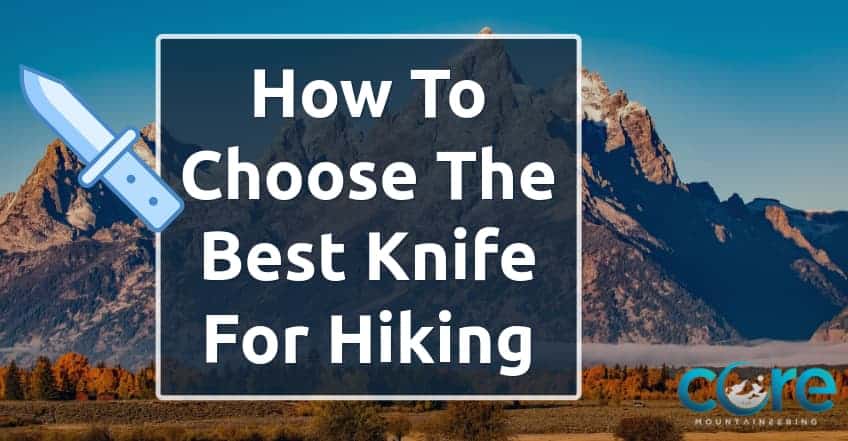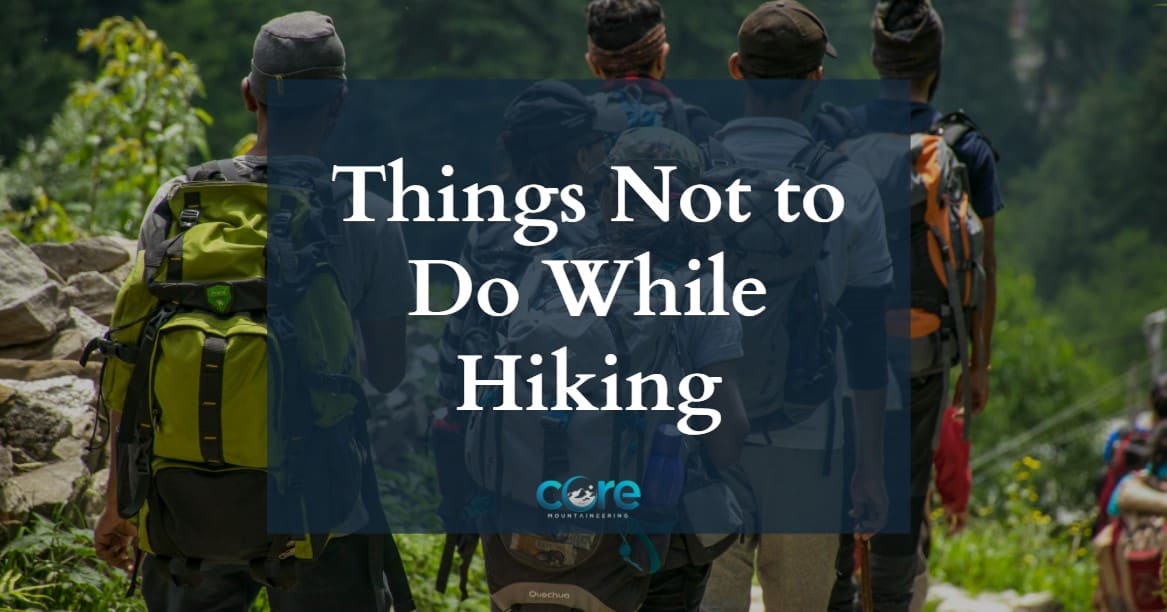When you’re out on a hike, plenty of things can go wrong. Fatigue could set in if you’re not fit for the trip. You could get dehydrated if you run out of water. You might have to spend the night and make a fire after the dark catches up with you.
One of the last things you should have to worry about is your knife. Not only do you need a knife for protection, but it can also come in handy for first-aid emergencies and making shelter. So, how do you choose the right hiking knife?
Here are some ways to choose a hiking knife:
1. Consider The Size And Weight

When you’re out hiking, the last thing you want is to carry around a heavy knife that’s difficult to use. But you don’t want a knife that’s too small or light to use in an emergency. So, how can you find the right balance? First, consider the size of your knife.
A smaller knife is usually lighter and easier to carry, but it may not be able to do everything you need it to do. Conversely, a larger knife may be more versatile, but it’ll also be heavier. It’s essential to find a size you’re comfortable with that won’t weigh you down.
Second, think about the weight of your knife. Heavier knives are more durable and can stand up to more abuse, but they can also be more challenging to control. If you’re planning on hiking seriously, you may want to opt for a heavier knife. But a lighter knife will probably be fine if you’re going on short hikes or day trips.
So, take into account the type of hiking you’ll be doing and choose a knife that suits your needs.
2. Choose The Right Material
The material of your knife can make a big difference in its durability and performance. Some common materials for knives include stainless steel, carbon steel, and titanium.
Stainless steel is one of the most available options because it’s durable and resistant to corrosion. However, it may not be as strong as other materials and can be challenging to sharpen.
Carbon steel is stronger than stainless steel and holds an edge well, but it’s also prone to rust and corrosion if not correctly cared for. Titanium is lightweight and strong, but it can be expensive and may not hold an edge as well as other materials. Therefore, consider your needs and the type of hiking you’ll be doing, and choose a material that meets those requirements.
3. Go For A Knife With Multiple Functions

When it comes to the great outdoors, having a knife with multiple functions can be a real lifesaver. A versatile knife can come in handy for all sorts of tasks. From opening cans to building shelter, a good knife can help you out of any tight spot.
For example, if you want an EDC security knife, look for one with a built-in bottle opener, screwdriver, and other handy tools. With many great options, you can find a knife that looks good and gets the job done. So, why not go for a hiking knife with multiple functions? It just might be the best decision you ever make.
4. Think About The Blade Shape
The shape of the blade can make a difference in its capabilities and how it feels in your hand. A drop point blade, for example, is versatile and can handle various tasks. A clip-point blade has a sharper tip and is excellent for piercing or detail work.
It’s also important to consider the sharpness of the blade. A dull knife won’t be able to do much and can be more dangerous to use. Look for a knife that’s easy to sharpen, or consider bringing along a sharpening tool on your hike.
Are you ready for your hike? Preparing for a hike can be stressful, but with our guide on how to prepare for a hike the night before, you’ll be ready for the trail!
5. Consider The Handle
When you’re out on a hike, one survival tip is to work with a knife that feels comfortable in your hand.
A good knife should fit snugly in your palm, with a grip that provides enough friction to prevent it from slipping out of your hand, even when wet.
The handle should also be designed to provide a good balance between comfort and durability. For example, many hikers prefer knives with rubberized or textured handles, as they provide a more secure grip.
6. Look At The Price Tag
In addition to the pointers mentioned above, the price of your knife is also essential to consider. It’s tempting to go for a cheap option, but remember that a lower-quality knife may not be able to stand up to the challenges of hiking and could end up costing you more cash at the end of the day.
On the other hand, an expensive knife doesn’t necessarily mean it’s the best option. To save money on hiking gear, research and find a knife that fits your budget and offers the necessary features and durability for a successful hike.
Final Words
Choosing the best hiking knife for your adventures can seem overwhelming. But by considering factors such as the material, blade shape, and handle design, you can find a knife that suits your needs and enhances your hiking experience.
You know what to do when hiking, but do you know what not to do? Check out our article on Things Not to Do While Hiking – Avoid These Costly Mistakes!









